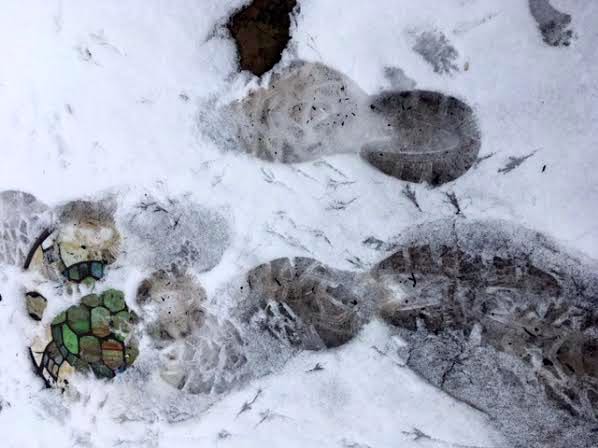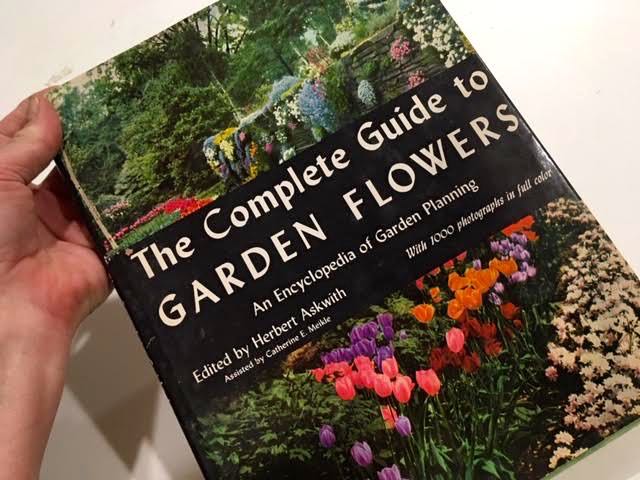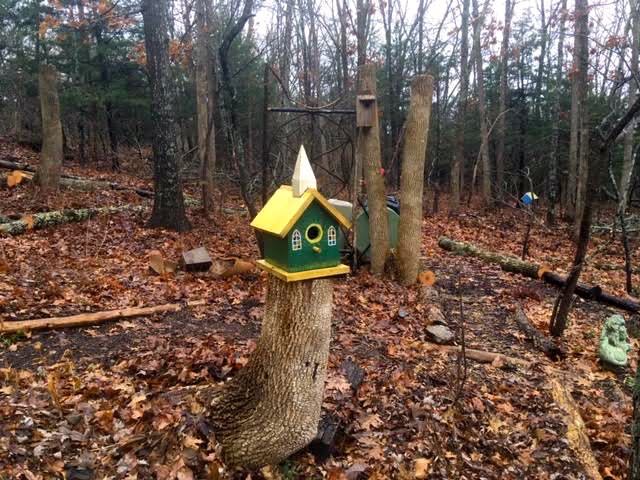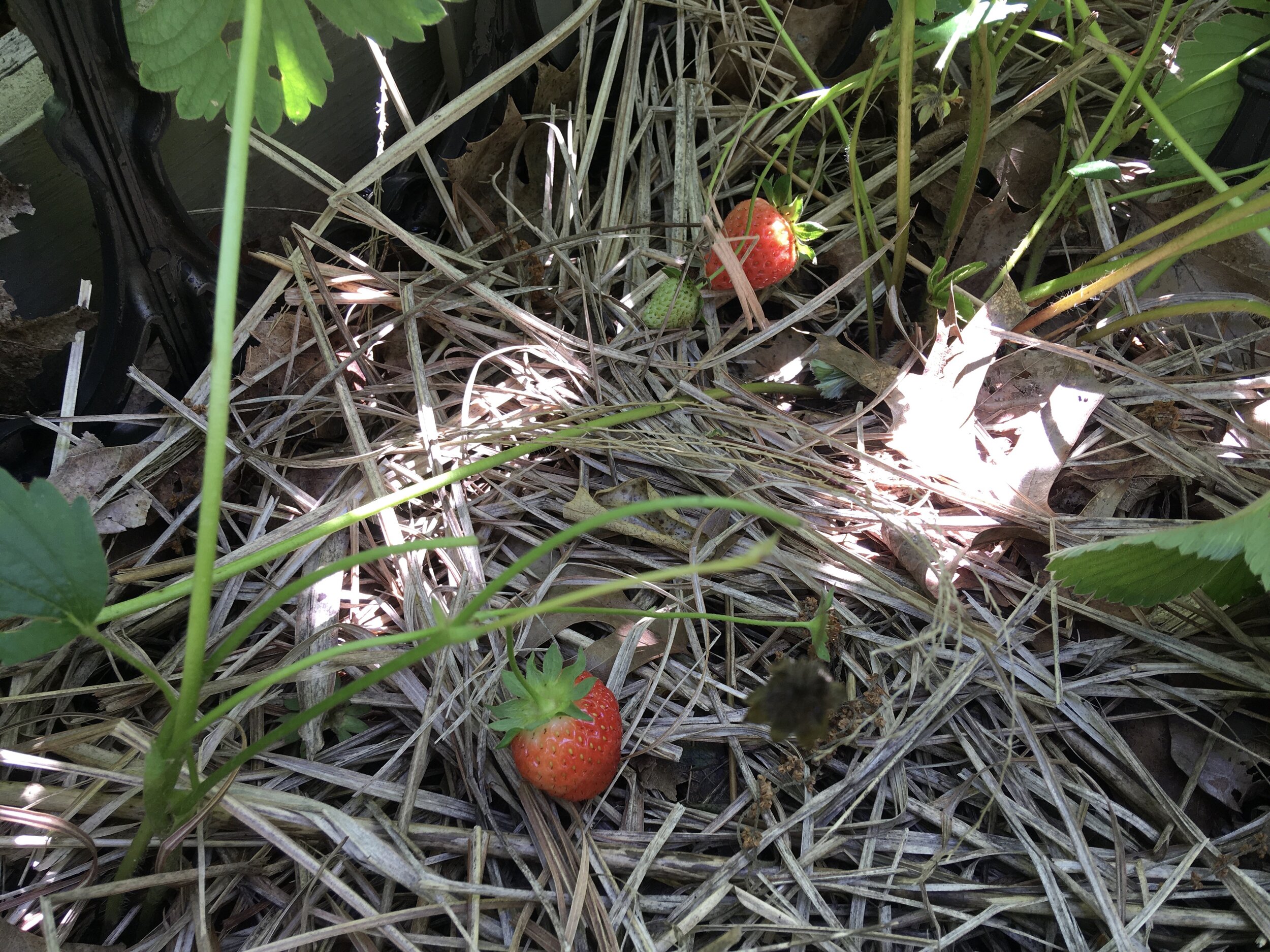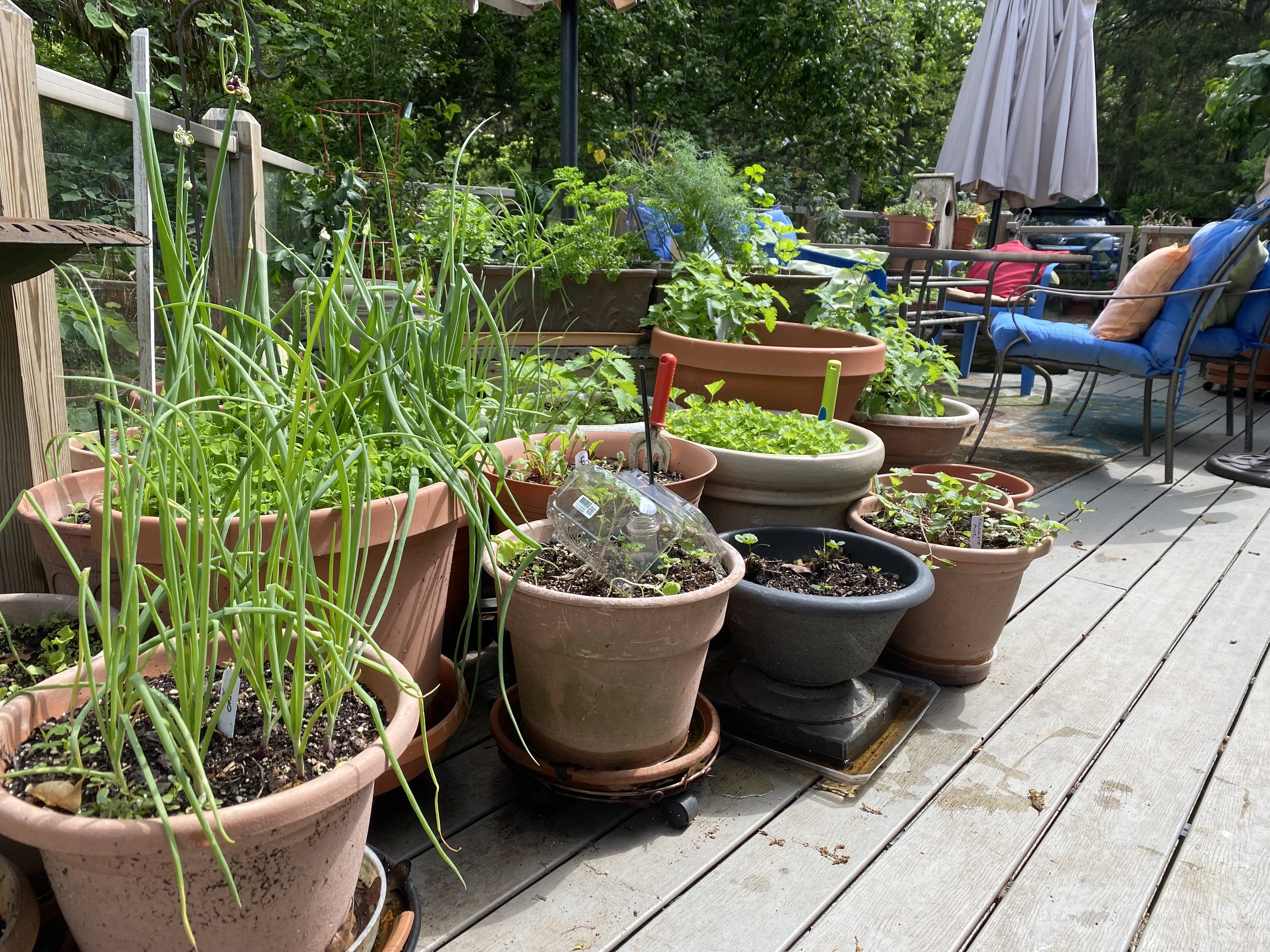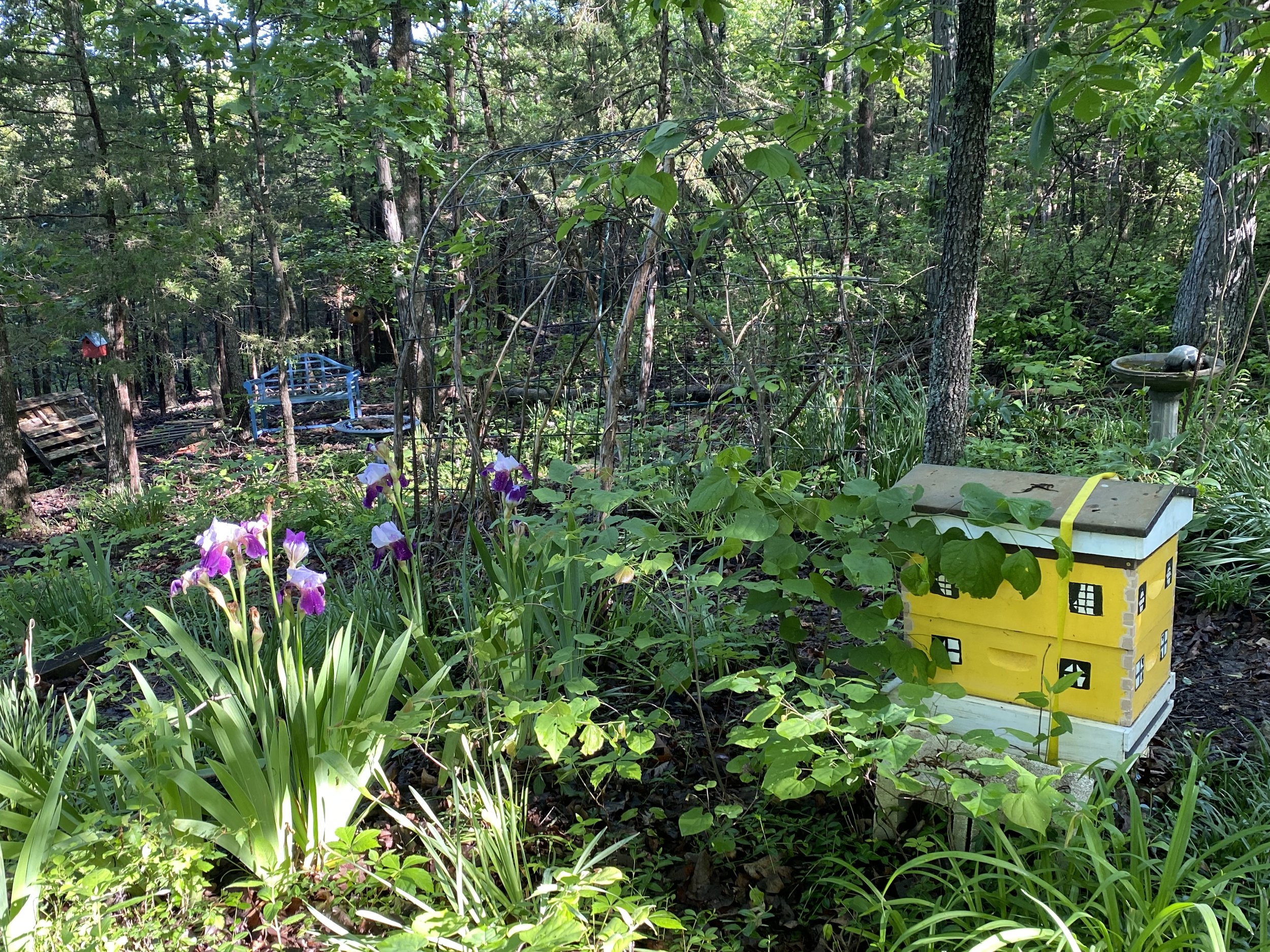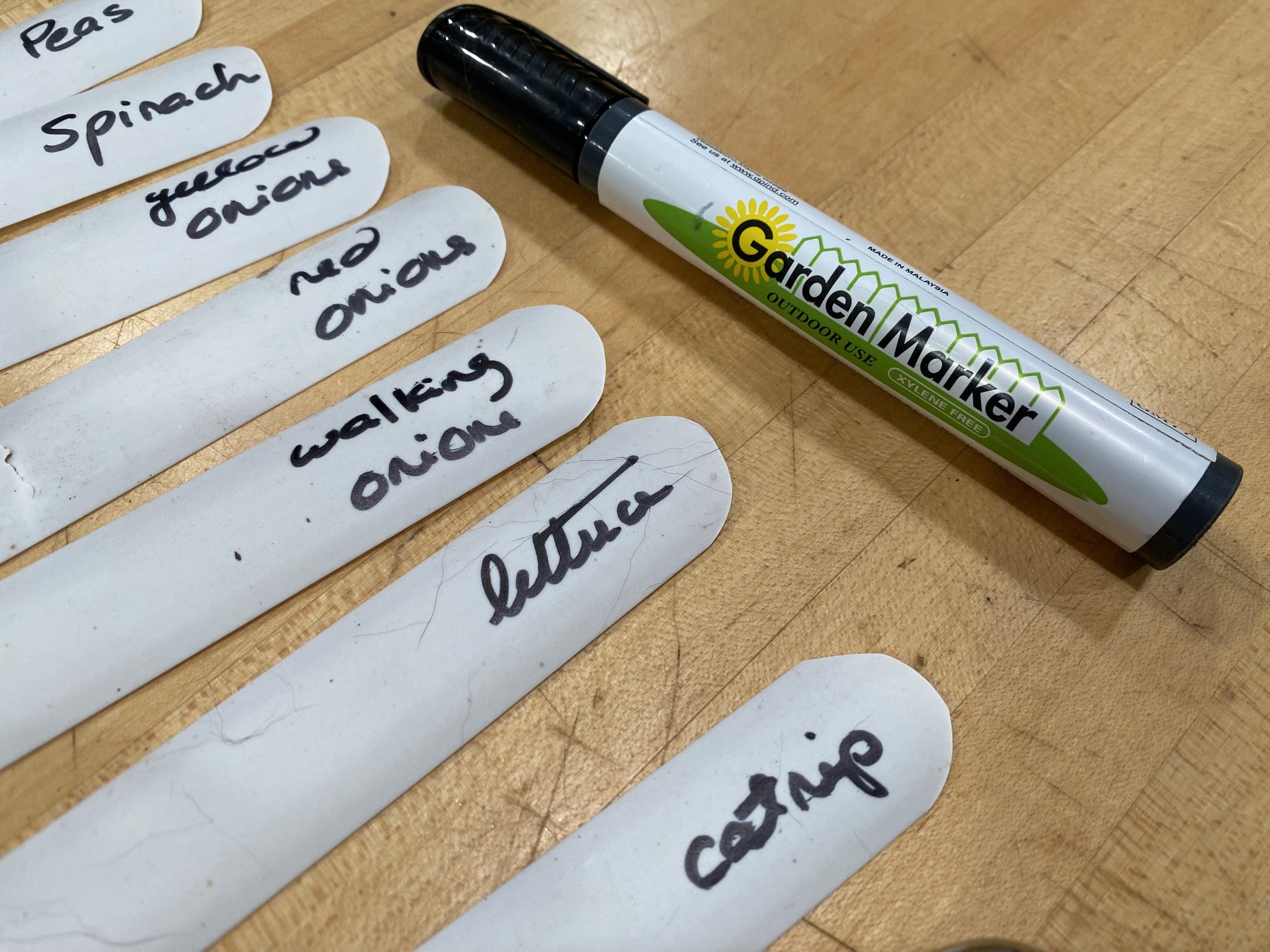Inside Plants Healthy
/Reading a book under this fig tree reminds me of being outside. (Photo by Charlotte Ekker Wiggins)
Inside Plants Healthy
There is a new scientific study supporting what I have known for decades; having plants inside over winter make us happy. And healthier.
It’s easy to determine why. The plants are a bit of green in an otherwise cold and dreary winter tableau. For me, having the signs of life are frankly up lifting. Caring for the greenery is also therapeutic, keeping me busy until I can get outside again.
As we head into winter, there are other good reasons to have plants inside.
Better Air
During photosynthesis, plants absorb carbon dioxide and release oxygen. We as people inhale oxygen and exhale carbon dioxide, making us mutually dependent. At night, photosynthesis ceases, and plants typically respire like humans, absorbing oxygen and releasing carbon dioxide.
More Humid Air
As part of the photosynthetic and respiratory processes, plants release moisture vapor, which increases humidity of the air around them. Plants release roughly 97% of the water they take in.
Place several plants together, and you can increase the humidity of a room, which helps keeps respiratory distresses at bay. Studies at the Agricultural University of Norway document that using plants in interior spaces decreases the incidence of dry skin, colds, sore throats and dry coughs.
Purified Air
Plants remove toxins from air –up to 87% of volatile organic compounds (VOCs) every 24 hours, according to NASA research. VOCs include substances like formaldehyde (present in rugs, vinyl, cigarette smoke and grocery bags), benzene and trichloroethylene (both found in man-made fibers, inks, solvents and paint). Benzene is commonly found in high concentrations in study settings, where books and printed papers abound.
The NASA research discovered that plants purify that trapped air by pulling contaminants into soil, where root zone microorganisms convert VOCs into food for the plant.
Potted sage in one of my living room windows. (Photo by Charlotte Ekker Wiggins)
Edible Plants
I can’t imagine making my winter soups without access to fresh herbs growing inside. I have a rosemary plant that is now on its 5th year wintering over inside while giving me fresh flavor in cooking. Another small pot of sage is handy for cooking with fish.
Improving Health
Adding plants to hospital rooms speeds recovery rates of surgical patients, according to researchers at Kansas State University. Compared to patients in rooms without plants, patients in rooms with plants request less pain medication, have lower heart rates and blood pressure, experience less fatigue and anxiety, and are released from the hospital sooner.
The Dutch Product Board for Horticulture commissioned a workplace study that discovered that adding plants to office settings decreases fatigue, colds, headaches, coughs, sore throats and flu-like symptoms. In another study by the AgriculturalUniversity of Norway, sickness rates fell by more than 60 percent in offices with plants.
Sharpening Focus
A study at The Royal College of Agriculture in England found that students demonstrate 70% greater attentiveness when they're taught in rooms containing plants. In the same study, attendance was also higher for lectures given in classrooms with plants.
Potted rosemary keeping me company in another window. (Photo by Charlotte Ekker Wiggins)
How Many Plants?
The recommendations vary based on your goals:
To improve health and reduce fatigue and stress, place one large plant (8-inch diameter pot or larger) every 129 square feet.
In office or classroom settings, position plants so each person has greenery in view.
To purify air, use 15-18 plants in 6-8-inch diameter pots for an 1,800-square-foot house. That's roughly one larger plant every 100 square feet. Achieve similar results with two smaller plants (4-5-inch pots).
Based on these recommendations, my house should be a haven of happiness. And it is!
Charlotte









